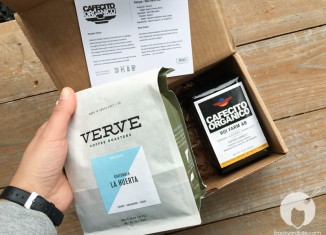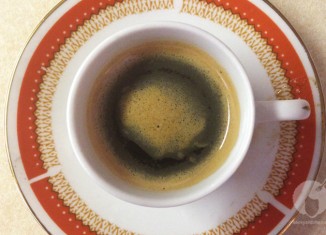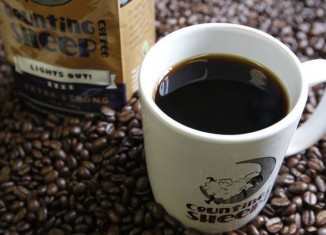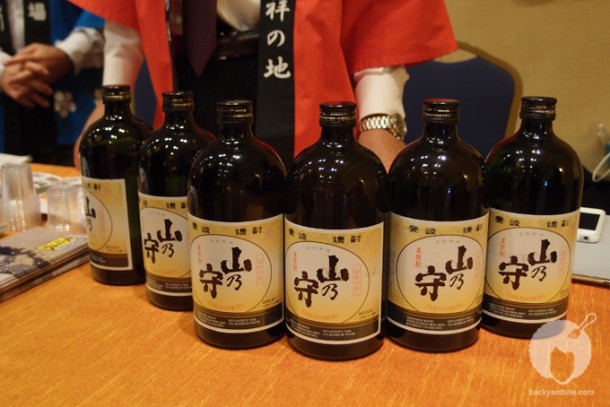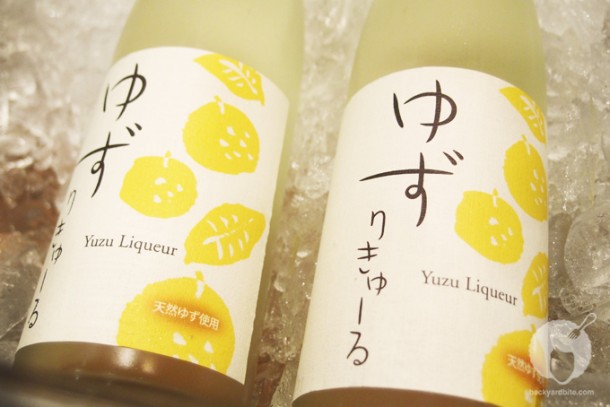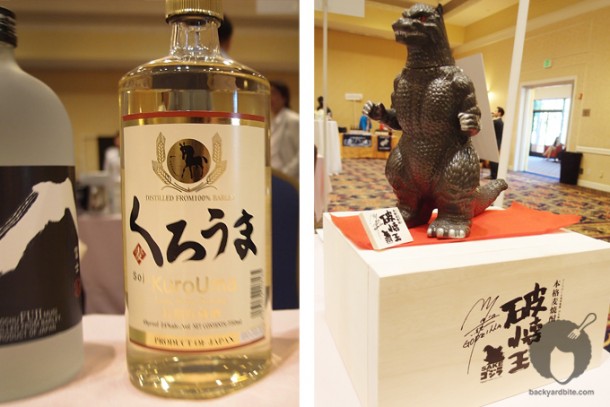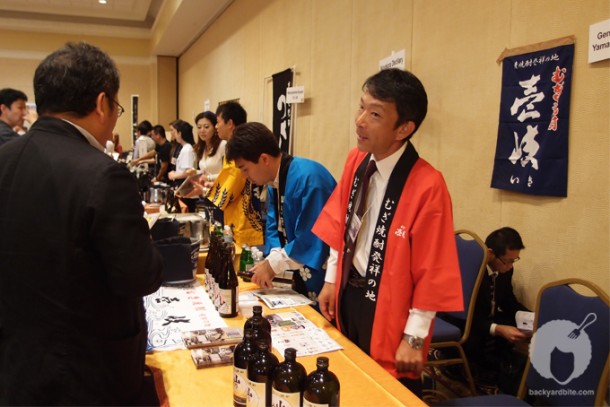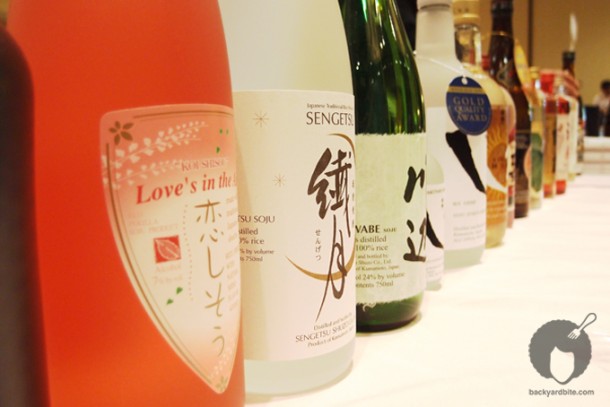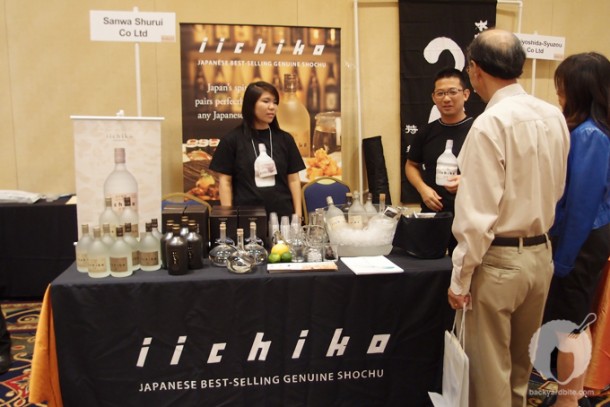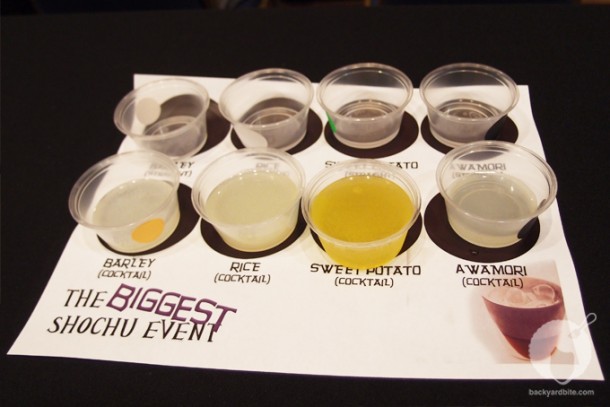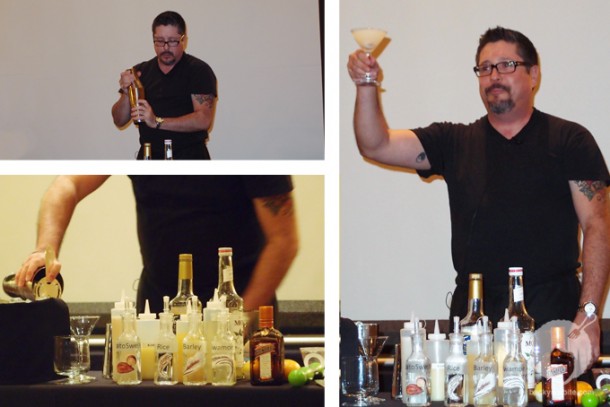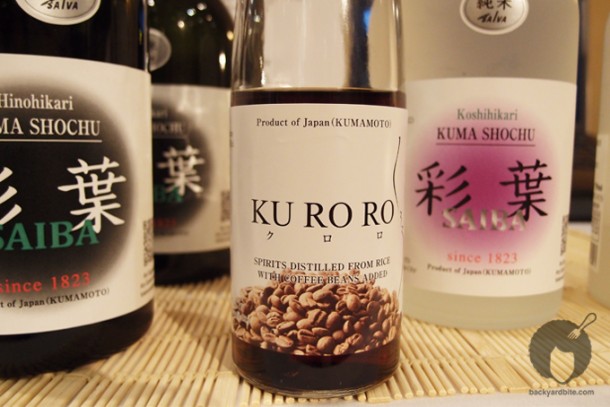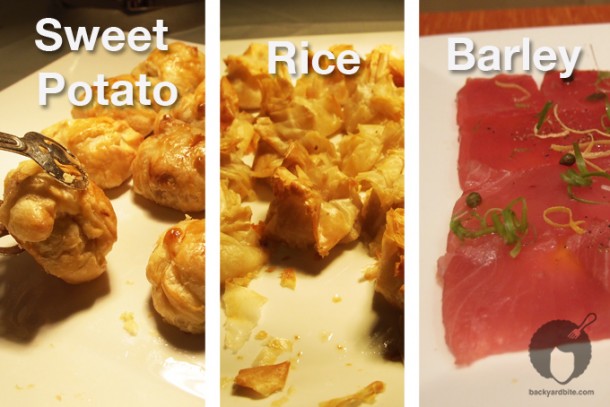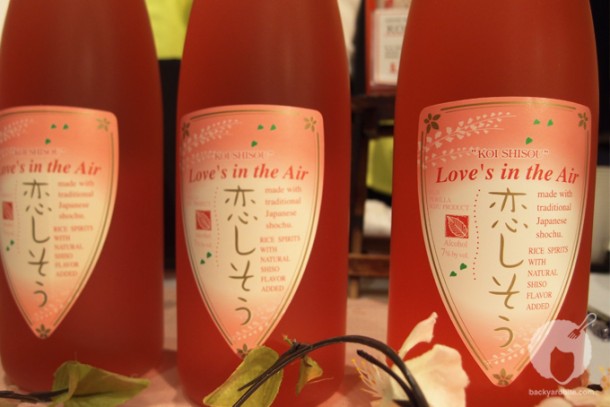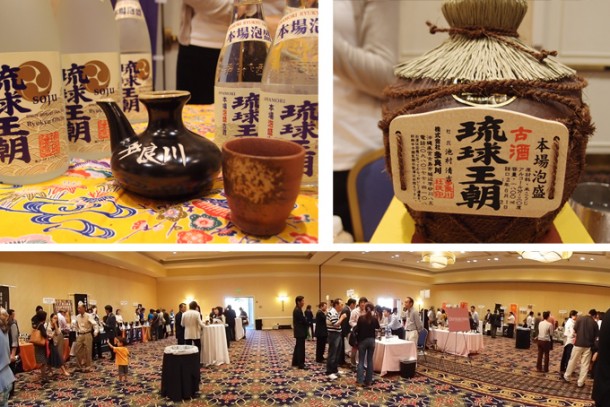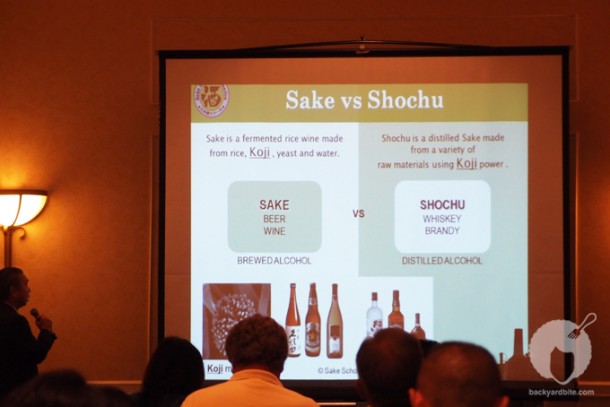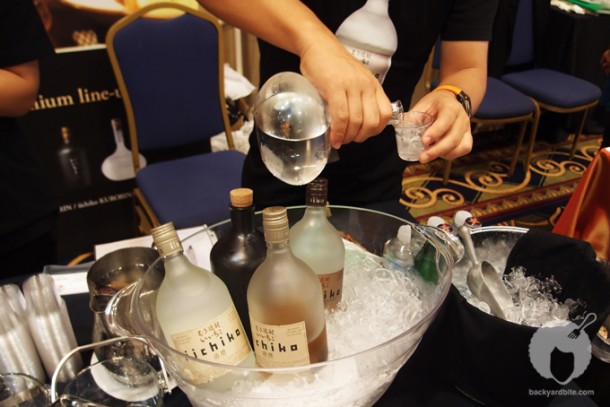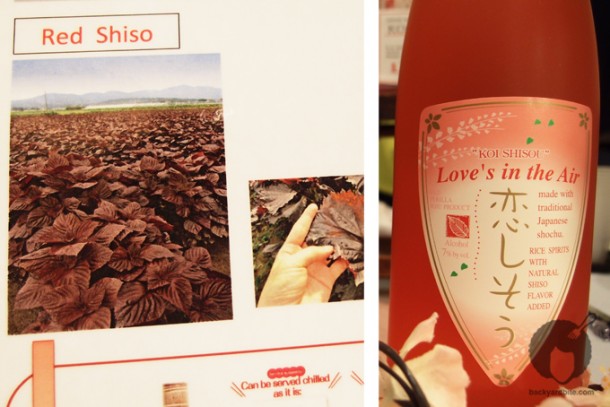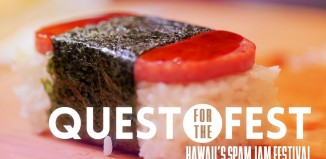Sake vs Shochu – The Biggest Shochu Event, Torrance, CA
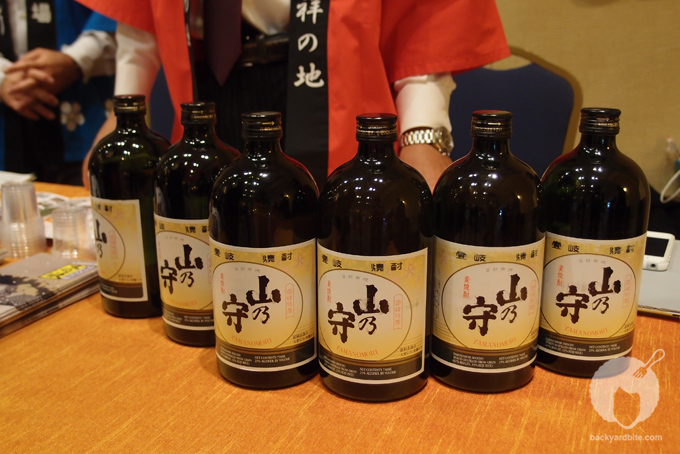
I recently trekked down to Torrance, CA to take part in a special event presented by JETRO ( the Japan External Trade Organization). The event was an educational seminar and exhibitor tasting of the popular distilled sake-like drink called shochu.
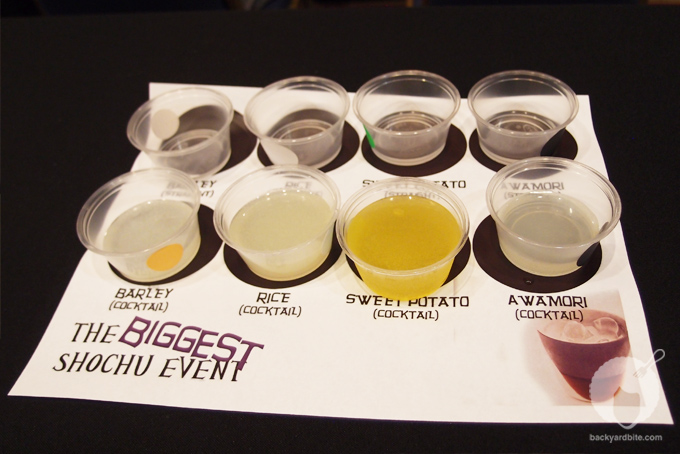
I enjoy drinking sake and my initial suspicion was that shochu was a similar type alcoholic drink. What I eventually learned in the seminar, I got to experience for myself through various samplings that afternoon. Every vender really pushed the idea that shochu was a “healthy” alcoholic beverage. When consumed often (though in moderation, yah) it is said to help improve blood circulation among other things.
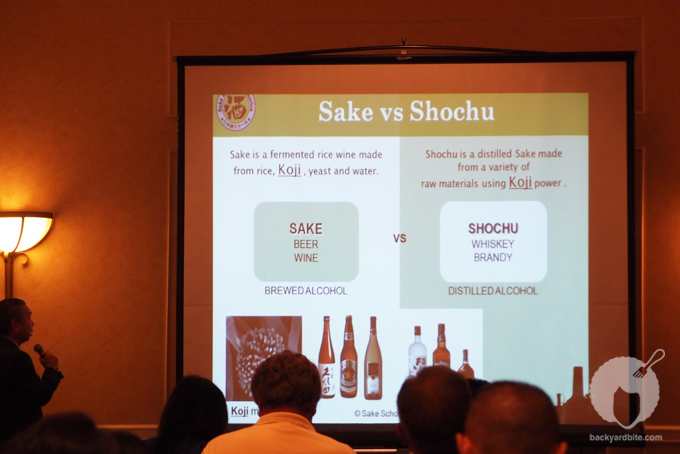
Here are some fun facts about shochu:
1. Drink it in a variety of ways. The taste is comparable to vodka – silky on the tounge and minimal “burn.” It can be served hot, cold, straight up, with water, on the rocks or mixed into cocktails. Master sommelier and shochu specialist Yuji Matsumoto from Kabuki restaurant served up a few different cocktails for us and explained all the different things you could do with shochu. Since the taste is fairly neutral, it’s very easy to create cocktails. I loved one particular lychee cocktail he made using 2 ounces rice based shochu, 2 ounces lychee puree, 1 ounce french vanilla simple syrup, 1 ounce pineapple juice and a 1/2 ounce of lemon juice. Very refreshing and fruity!
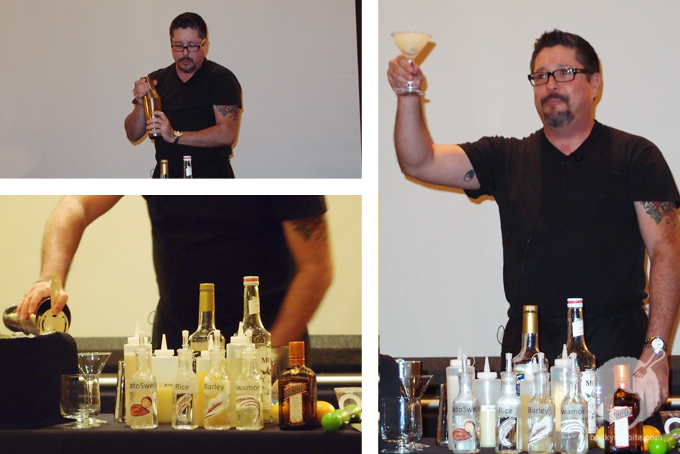
2. Shochu can help blood circulation and is a low-calorie drink. I often suffer from cold hands, so it’s nice to have a warm drink at the bar sometimes. After having a few samples of shochu at this event, I found my body naturally warming up and of course I was a lot looser. It can be a great drink to get the blood flowing during the cold winter months. Shochu and Turkey anyone?
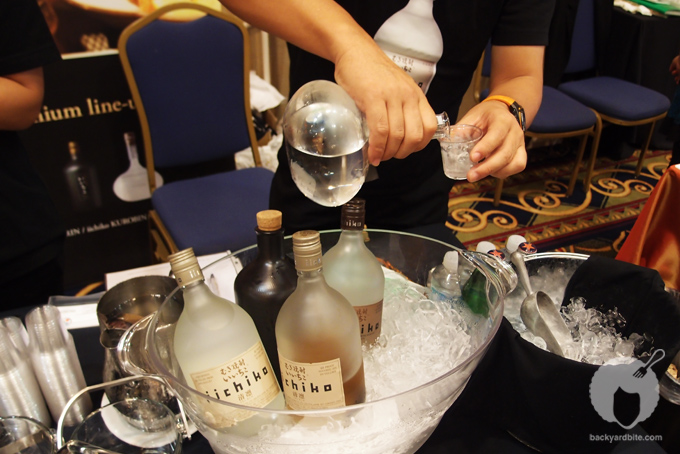
3. Made from a variety of starches, the flavor profile can vary greatly. The most popular varieties being Rice, Sweet Potato, Barley and Awamori (distilled rice shochu unique to Okinawa). The flavors vary among the different ingredients and regions – if you try a type of shochu and don’t like it, try a different variety or starch base and you’ll eventually find the one that is your preference.
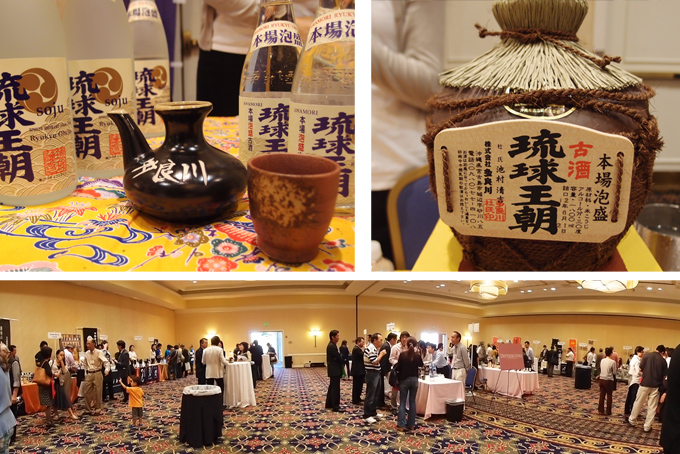
After all the various tastings, I found that I prefered the lighter subtler Barley or Rice based shochu as opposed to the more complex Awamori or bolder tasting Sweet Potato based varieties. It’s really up to your taste.
4. The alcoholic content varies. Think of shochu like tequilla or vodka as opposed to beer or wine. Unlike fermented sake (which is made in a similar manner to wine or beer), shochu is a “distilled” beverage anywhere from 12 to 45 proof alchohol content – thus making it much stronger than traditional sake. You wont need more than a few of these before you’re on the karaoke mic singing Livin’ on a Prayer (though let’s hope you’re sober enough to pick a better song choice).
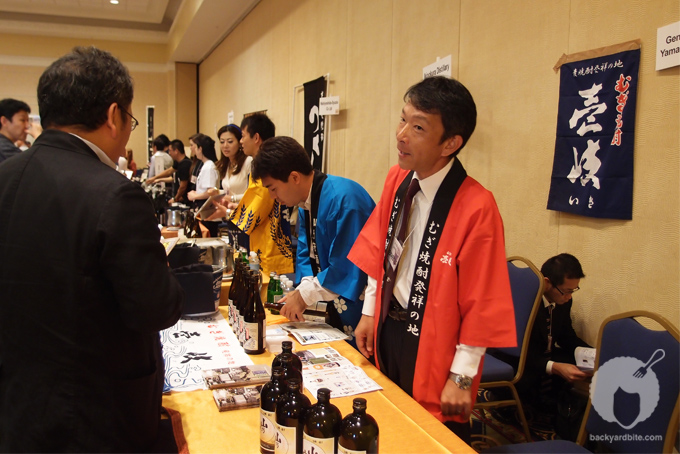
5. Shochu is nice on its own, yet excellent with food. I tried a few appetizer pairings and discovered that shochu goes well with most any Japanese food.
The Rice shochu can be paired with anything light, seafood or pastas. Here it was paired with Pear and Brie in phyllo dough… Sweet Potato with Beef Wellington in pastry puffs… Barley with Tuna Carpaccio…
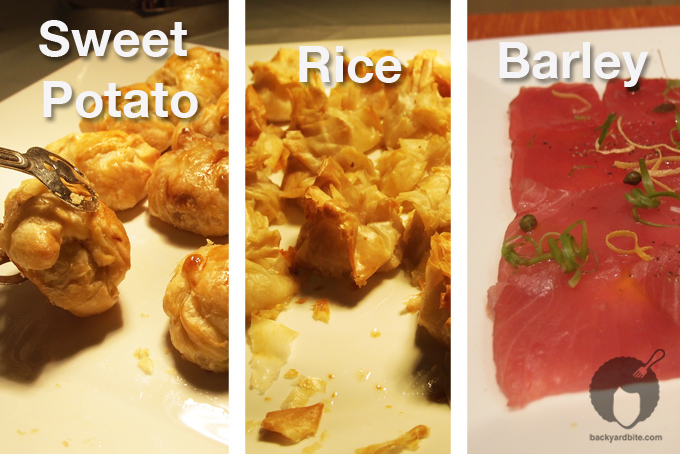
At the end of the day, it comes down your preference and availability of course. I do hope that I start to see more varieties of shochu when I’m dining out in SoCal. In the meantime, you can pick up shochu in California at any Japanese market like Mitsuwa or Marukai.
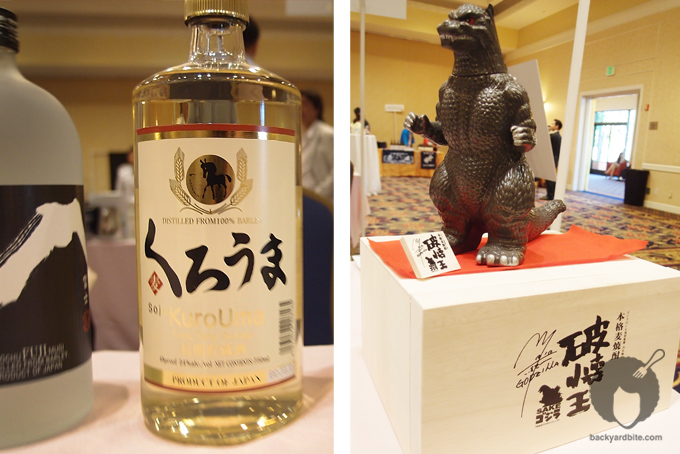
Here are some memorable brands from the event:
This one is coffee infused.
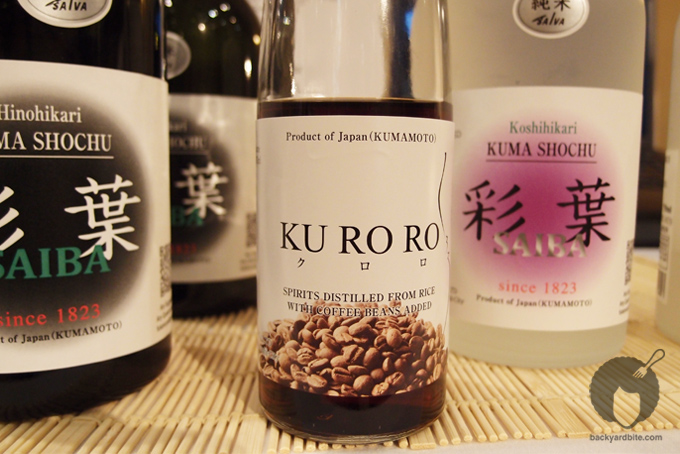
This lightly fruity one is infused with Red Shiso leaves, which give the shochu a nice pinkish color.
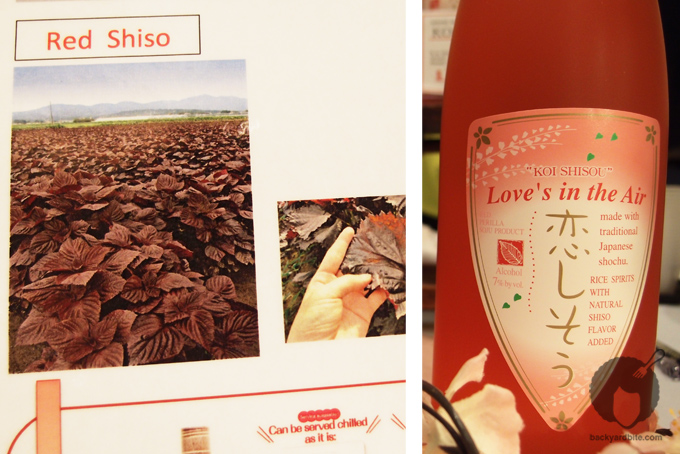
This Yuzu shochu was delicious and one of my favorites. It was very balanced, smooth and fruity.
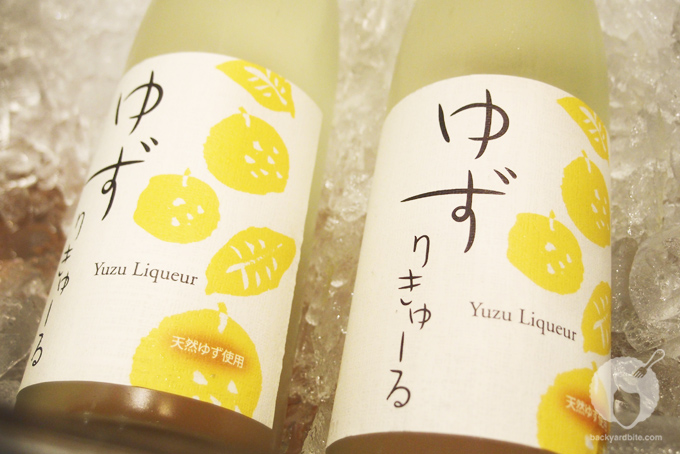
Now, you can impress your friends by bestowing your newfound knowledge about shochu. Enjoy responsibly!
Oh! And so I don’t leave you dry, here is a recipe courtesy of fit-sugar for a shochu Bloody Mary. Recommended with a Rice-based shochu, but you can use any kind:
ASIAN BLOODY MARY
original recipe
Ingredients
2 ounces shochu
4 ounces tomato juice
1/2 teaspoon freshly grated wasabi or
1 teaspoon wasabi paste
1/2 teaspoon freshly grated ginger
1/2 teaspoon soy sauce
1/2 teaspoon Sriracha hot sauce (or sub with ponzu sauce)
Pinch of freshly ground pepper
Juice of 1/2 large lime
Celery stalk, tomato, lime, or cucumber spear for garnish
Directions
If I don’t have homemade tomato juice on hand, I’ll use R.W. Knudsen’s organic tomato juice. It has no added sugar, and the sodium content is relatively low compared to other store bought brands.
Step 1: Combine all ingredients except garnish in an ice-filled cocktail shaker and shake to combine.
Step 2: Strain over fresh ice into a glass and garnish with assorted veggies.
Makes one drink.


